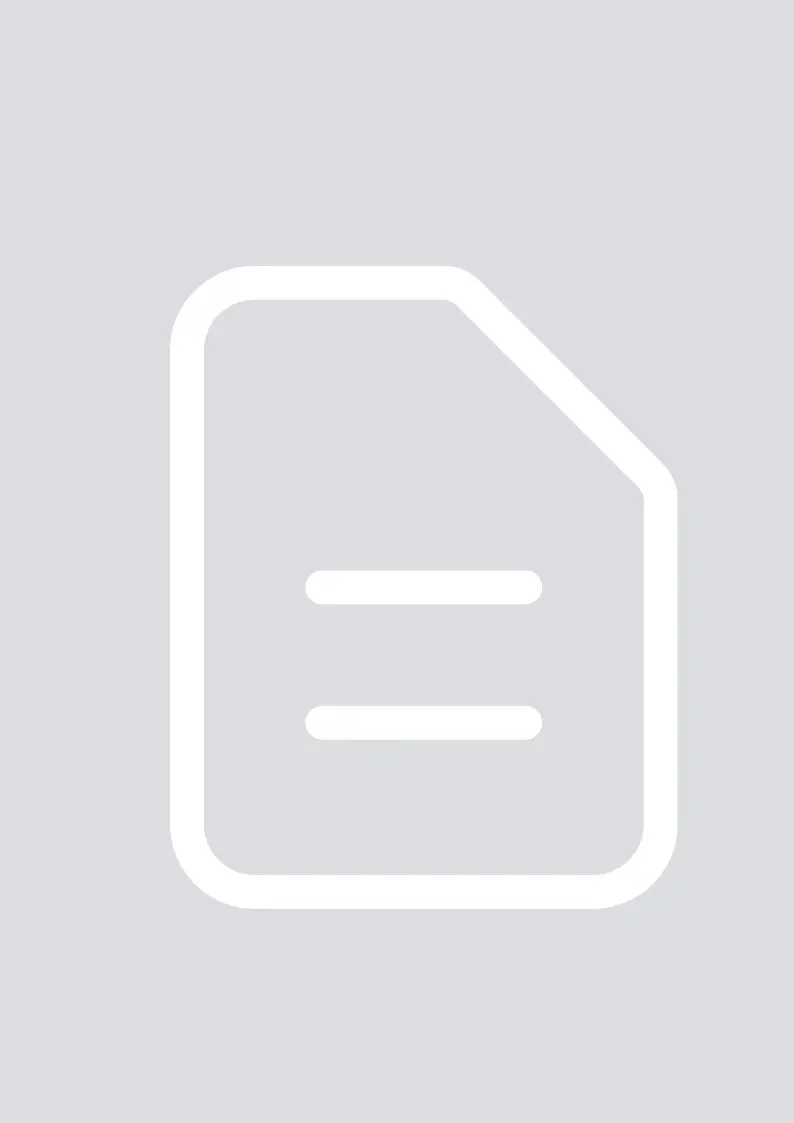Everyone knows about money laundering – but what about money dirtying, i.e. secretly turning legally acquired money into illegal payments? A new peer-reviewed journal article looks at this phenomenon. Contact the co-author Jacopo Costa for questions.
Abstract
This study focuses on the movement of money in a financial infrastructure built to conceal its origin and destination. The literature has addressed this theme in the field of money laundering, converting illegal money into a legitimate source, yet less is known about the reverse process, hiding and transferring legally generated resources to pay kickbacks to officials.
We aim to analyze how these money dirtying schemes operate and explore their hidden mechanisms. The paper studies what happens to money in an unseen financial cluster and identifies the main actors and infrastructures essential for managing such process.
Using desk research and qualitative analysis of various documents, the article examines the corruption scheme designed by the Odebrecht group to generate resources to bribe politicians and bureaucrats in Latin American and Sub-Saharan countries. It zooms in on one key component of this system, a cluster around two Peruvian entrepreneurs, where money becomes hidden from the eyes of law enforcement agencies and investigators.
The main contribution lies in the conceptual distinction between money laundering and money dirtying schemes and the opportunity to expose and interpret the otherwise invisible critical processes of such illicit resource movements.
Suggested citation
Costa, J., Jancsics, D. Turning Legally Obtained Resources into Illegal Payments: A Money Dirtying Scheme. Eur J Crim Policy Res (2024). https://doi.org/10.1007/s10610-024-09591-z
Published
Authors
Related publications
Working paper
Working Paper 60: Understanding the enemy: Insights from corrupt networks to improve anti-corruption Collective Action initiatives
2025 | Basel Institute on Governance
Working paper
Working Paper 58: Corruption as a facilitator of drug trafficking in the port of Rotterdam
2025 | Basel Institute on Governance
Article
When You Have Corrupt Friends Abroad: The Impact of Strategic Corruption on Sudan’s Democratic Collapse
2025 | Public Integrity (Routledge - Taylor & Francis Group)
Report
High-level Corruption: an Analysis of Schemes, Costs and of Policy Recommendations
2025 | Transcrime – Joint Research Centre on Transnational Crime
Quick guide
Quick Guide 38: Border corruption
2025 | Basel Institute on Governance
Quick guide
Quick Guide 37: Strategic corruption
2025 | Basel Institute on Governance
Quick guide
Quick Guide 36: Corruption and security
2025 | Basel Institute on Governance
Quick guide
Quick Guide 35: Sexual corruption
2025 | Basel Institute on Governance
Article
Addressing Bribery and Associated Social Norms in Healthcare: Results of a Behaviour Change Intervention in Tanzania
2025 | European Journal of Social Psychology
Working paper
Working Paper 52: Navigating the political context: Practice insights and adaptive strategies to strengthen the anti-corruption and asset recovery justice chain
2024 | Basel Institute on Governance
Article
Turning Legally Obtained Resources into Illegal Payments: A Money Dirtying Scheme
2024 | European Journal on Criminal Policy and Research
